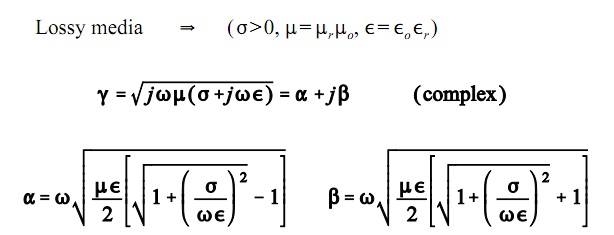In the previous post we had compared the path loss of LTE at 728 MHz and 1805 MHz in a free space line of sight channel. This is a very simplistic channel model which tells us that ratio of the received signal strengths at these frequencies can be simply found as:
(f1/f2)^2=(1805/728)^2=6.15
That is the received signal strength at 728 MHz is 6.15 times higher than the received signal strength at 1805 MHz.
Now let us consider a more realistic channel model known as the COST-231 model. According to this model the path loss (difference between the transmit power and receive power) is given as:
L=46.3+33.9*log10(f)-13.82*log(ht)-a+(44.9-6.55*log10(ht))*log10(d)+C
where
f=frequency in MHz (0.1500 MHz – 2000 MHz)
ht=base station antenna height in m (30 m – 200 m)
hr=mobile station antenna height in m (1 m – 10 m)
d=transmit receive separation in km (1 km – 20 km)
C=3 dB for metropolitan centres
and mobile station antenna correction factor is given as:
a=3.2*log10(11.75*hr)^2-4.97
Using the above equations with ht=30 m, hr=1 m and d=1 km the path loss at 728 MHz and 1805 MHz is found out to be 100.63 dB and 114.00 dB respectively i.e. there is a gain of 13.37 dB when using the lower frequency. In simpler terms the received signal at 728 MHz would be 21.72 times stronger than the signal at 1805 MHz.
Such a remarkable improvement in signal strength or in signal to noise ratio (SNR) has the potential of increasing the throughput four folds. For example at an SNR of 1.5 dB QPSK 1/2 would give a throughput of 6.00Mbps whereas at an SNR of 14.7 dB a modulation coding scheme (MCS) of 64QAM 2/3 would result in a throughput of 24.01 Mbps.
